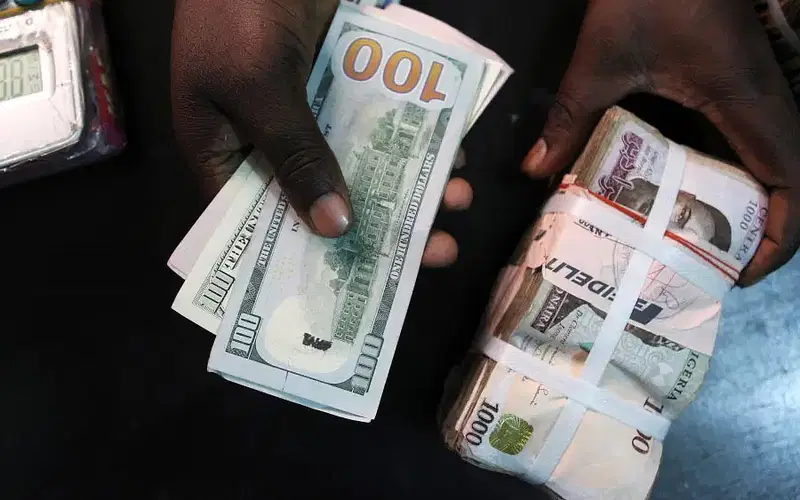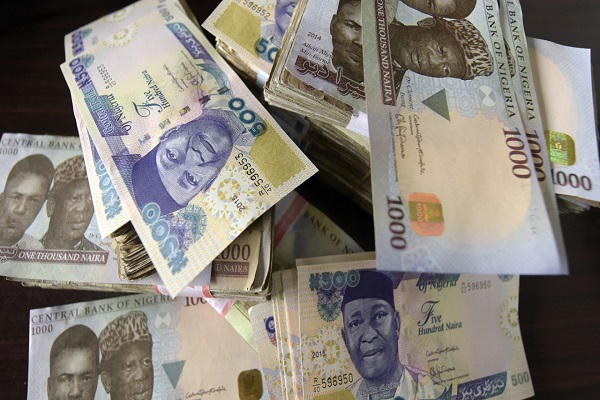The naira strengthened at the official market on Wednesday, while the parallel (black) market remained weaker, reflecting the ongoing gap between formal foreign exchange platforms and street traders.
At the Nigerian Foreign Exchange Market (NFEM) — the official market for interbank transactions — the naira traded at ₦1,452.8 per dollar on October 30, 2025. This marks a slight gain compared to earlier in October, as the local currency continues to show signs of stability in official trading.
In contrast, traders in the Lagos parallel market quoted the dollar between ₦1,480 and ₦1,495, buying around ₦1,480 and selling up to ₦1,495. This leaves a difference of about ₦25–₦40 between the parallel and official markets — a gap that remains influential for importers and retail pricing despite better liquidity in the official FX window.
Why the gap remains
Recent Central Bank policies and improved foreign exchange liquidity have supported the naira’s performance at the official market. The CBN’s decision to ease monetary policy and its efforts to boost supply through electronic FX platforms have contributed to a more stable trading environment.
However, structural challenges persist. Limited access to official FX for some businesses, as well as strong retail demand, continue to drive activity in the parallel market — keeping the spread wide.
Read Also;
Dollar to Naira exchange rate today, October 28, 2025
What it means
For importers and consumers: The cost of imported goods and services remains tied to black market rates when official FX is unavailable, meaning prices could stay high for many consumers.
For investors: The narrowing of official rates and clearer monetary policy direction have restored some confidence among investors, but the continued disparity between markets shows that full stability in the FX system is still a work in progress




